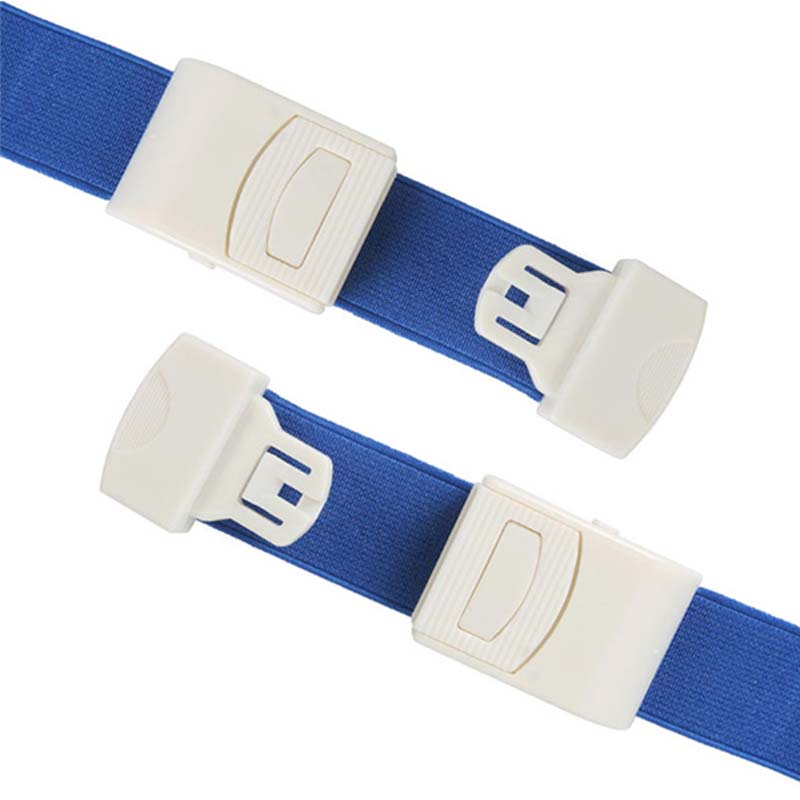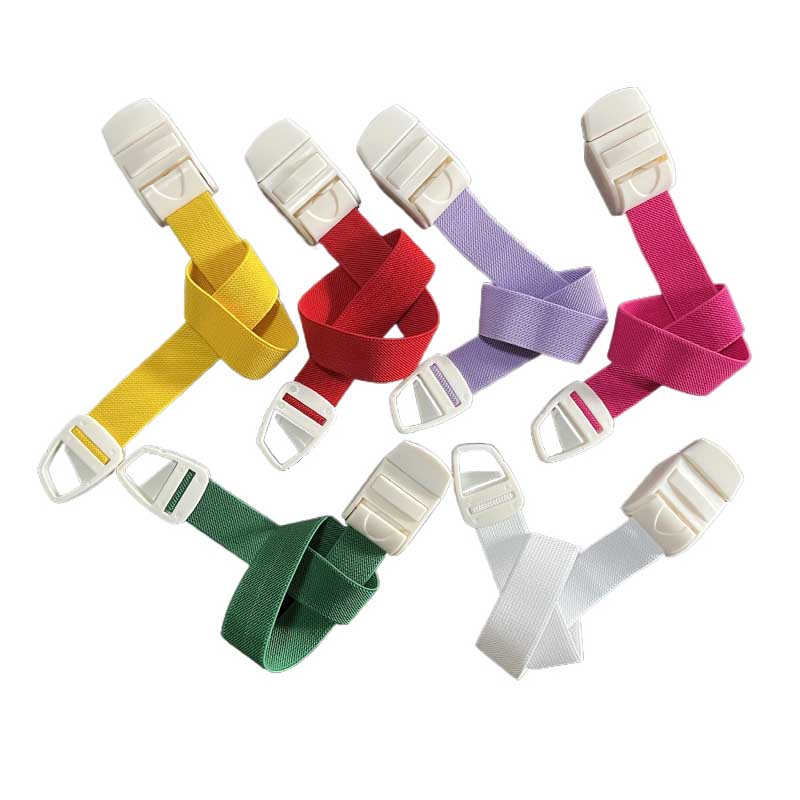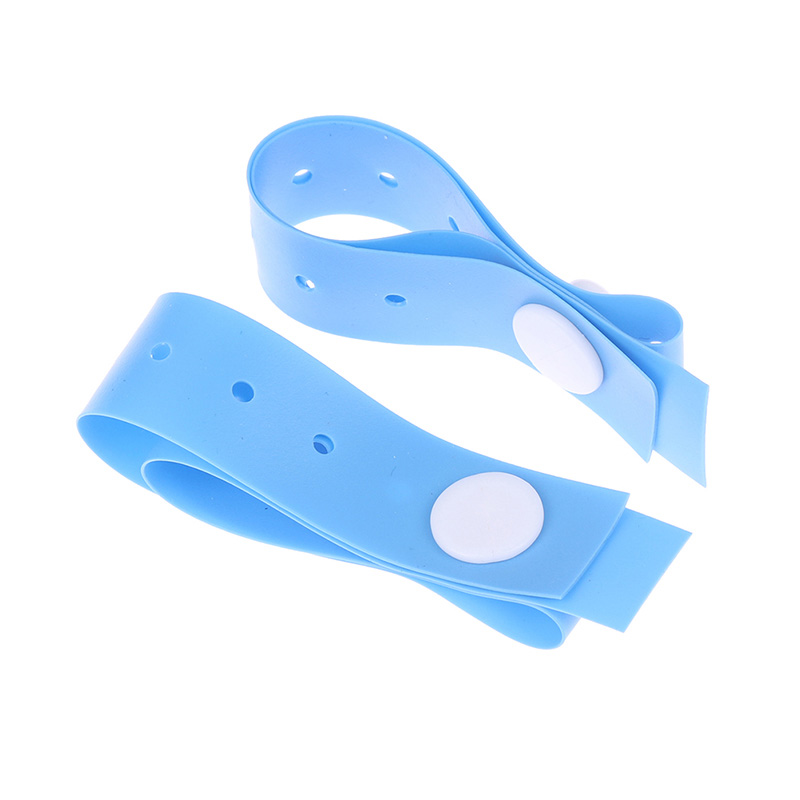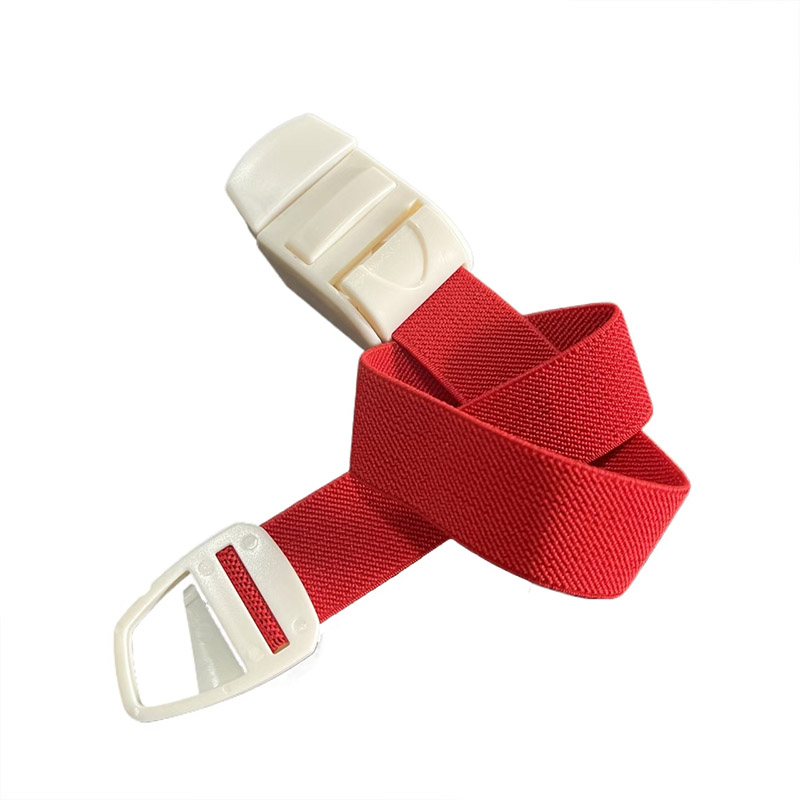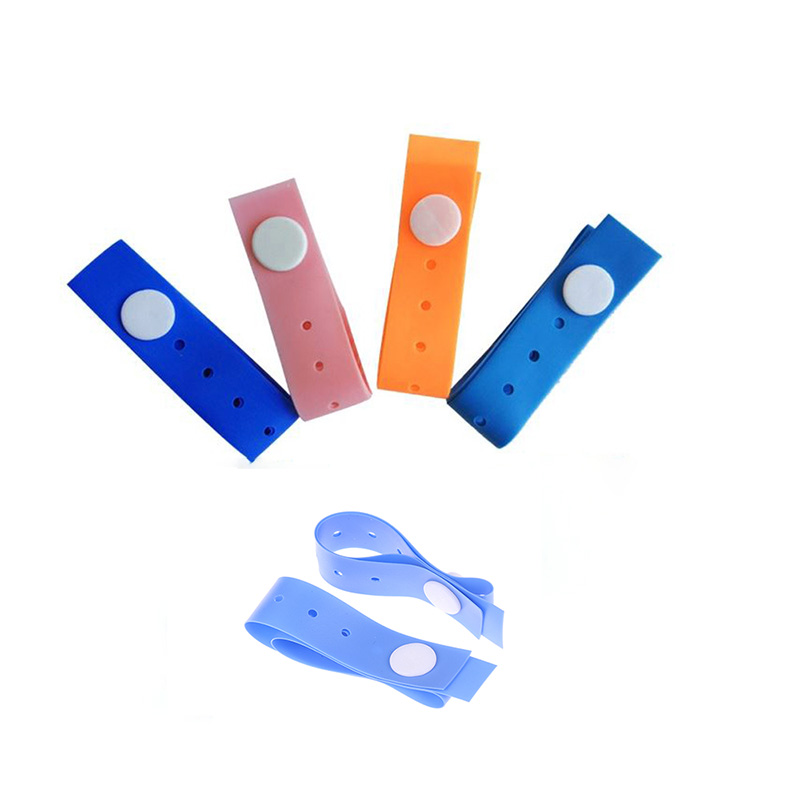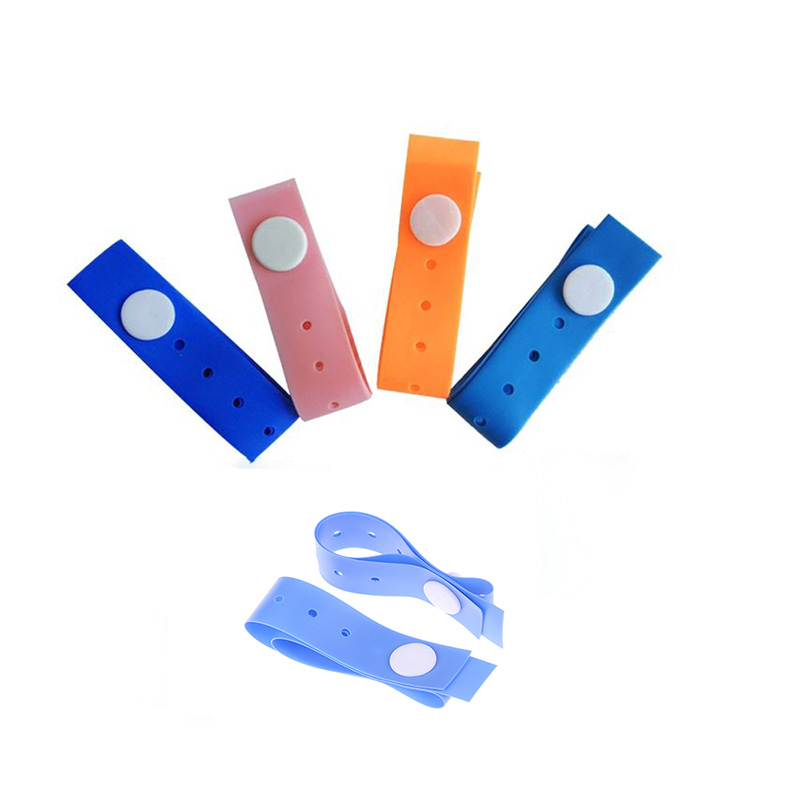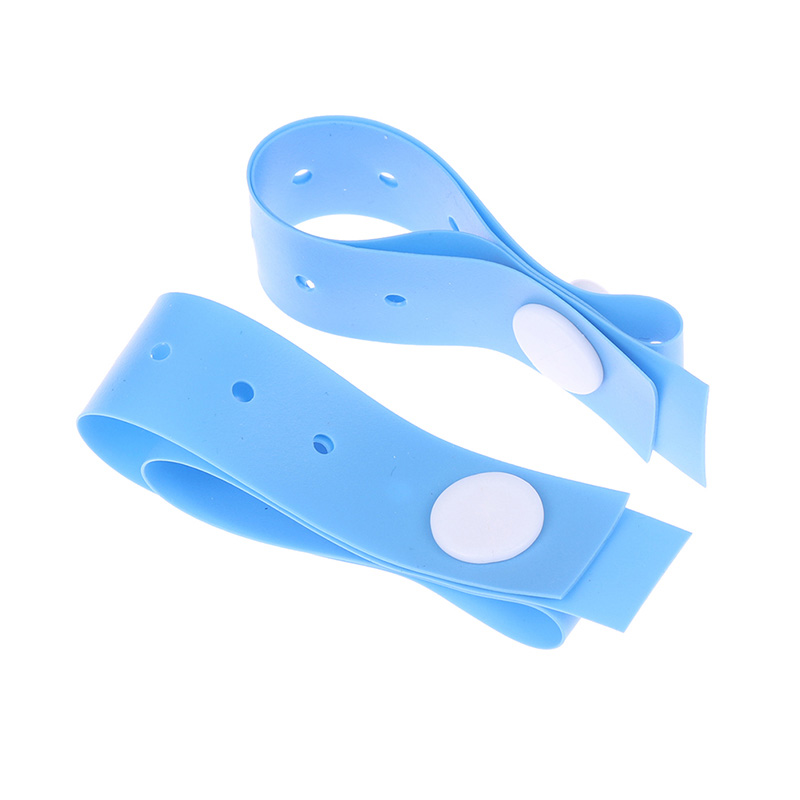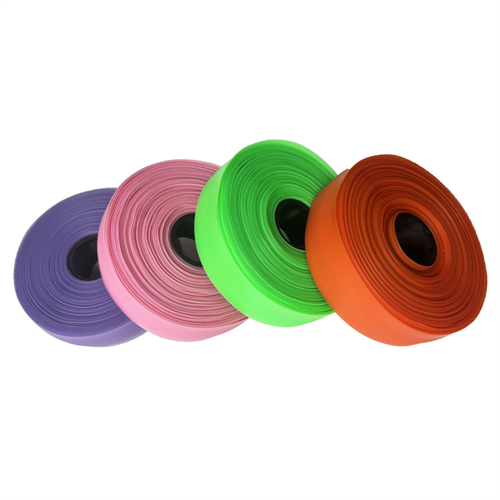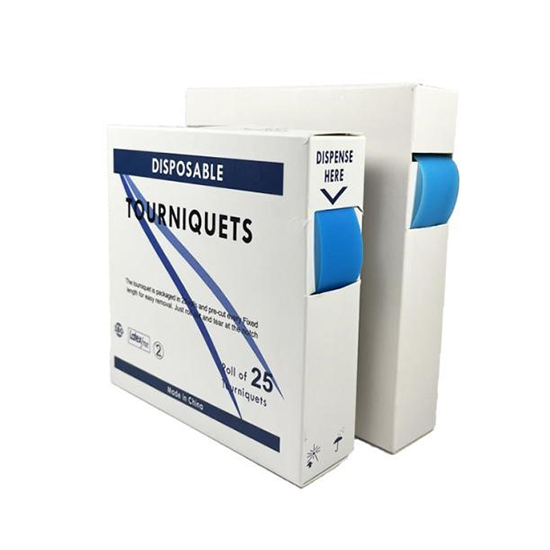Nút Tourniquet dùng một lần
Gửi yêu cầu
As a new perforated tourniquet (with buttons), button disposable tourniquet can be adjusted according to the user's body fat and thin, and with the buttons set in the appropriate holes, it can compress the blood vessels and achieve the purpose of facilitating puncture or emergency hemostasis. The use of button disposable tourniquets will greatly reduce the risk of cross-contamination between personnel. Tourniquets are commonly used in hospitals, clinics, and in various emergency situations as an essential tool for blood draws and bleeding control.
Parameter (Specification)
|
Product Name |
Disposable Tourniquet |
|
Product Code |
DT207 |
|
Size |
2.5cm×36cm |
|
Surface |
Smooth/Textured |
|
Color |
Blue,Pink,Yellow,Purple,Make to Order Available |
|
Material |
TPE |
|
Packaging |
Folded and buttoned for storage in a bag or box. 100/BX 10BX/CTN
|
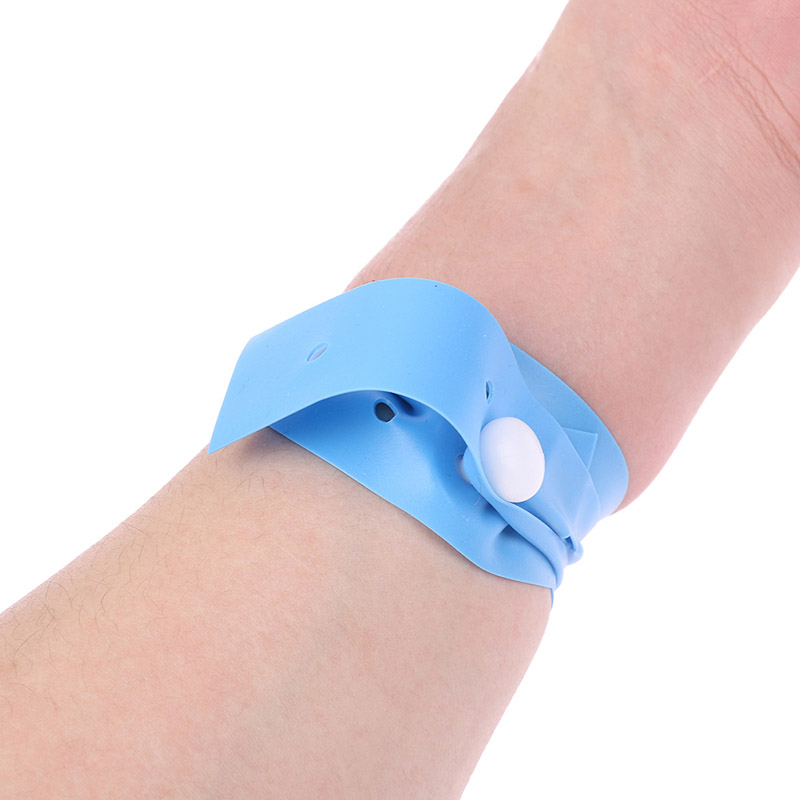
How to use a disposable tourniquet correctly?
***Used in routine surgical treatment and rescue when transfusing, drawing blood, transfusing blood, stopping bleeding:
1. The button disposable tourniquet should not be tied too tightly and the time of use should be minimized. When drawing blood, the tourniquet should be loosened immediately when seeing blood return.
2.The use of tourniquet should be limited to less than 1 minute when drawing blood for lipid items, coagulation items, and routine blood items.
3.If the button disposable tourniquet is tied too tightly and for too long, it will result in prolonged obstruction of blood flow, which will cause the results of the above tests to be biased due to hemolysis, platelet activation, and activation of the fibrinolytic system, and will even lead to incorrect diagnosis and treatment.
4.When it is necessary to recollect blood, if the tourniquet is too long, the blood should be recollected in another arm.
***Extremity hemostasis use:
1. In the use of button disposable tourniquet before, should be the injured limb elevated, prompting the base of the middle vein blood flow back into the body, so as to reduce blood loss.
2.Once the tourniquet is tied, it should not be loosened halfway unless medical personnel are present and ready to apply pressure (which may cause secondary hemorrhage).
3.Tie the tourniquet when its tightness to just pressure arterial bleeding is appropriate.

